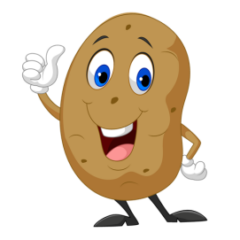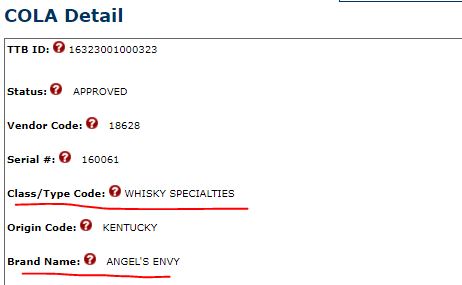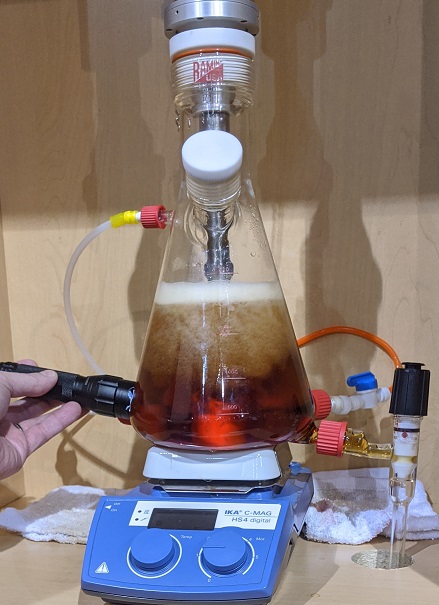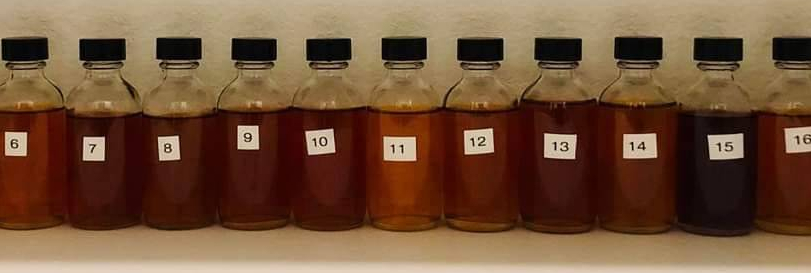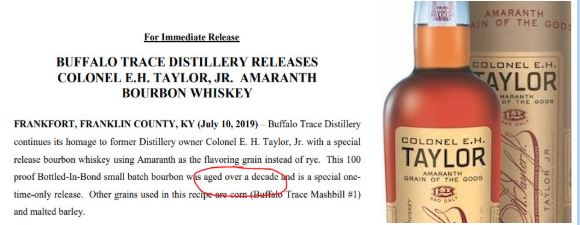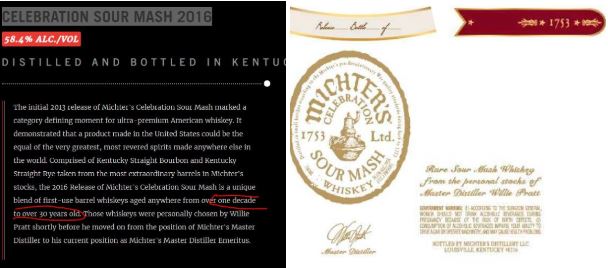Without a doubt, in every whiskey group I’m in, someone will eventually ask for advice on a ‘really good’ tequila. These posts are heavily commented on and often with some questionable advice. In the bourbon world equivalent advice would be along the lines of ‘Kentucky Owl Confiscated is the best’. So I’m writing this brief high level overview on Tequila. As in bourbon, the price of Tequila is often more a function of marketing than of quality. Fancy bottles and ties to celebrities are hallmarks of tequila companies which typically pitch subpar products.
Tequila is a spirit produced in certain regions of Mexico and distilled from the Tequilana Weber, or Blue Agave, species of agave. The regions include 5 states including all of Jalisco and portions of 3 other bordering states and a small area of Tamaulipas. It can be produced from 70 to 110 proof, but US laws require a minimum of 80 proof. Tequila is protected by trade agreements with over 40 countries as a product of Mexico in the same way that Bourbon is protected as a product of the USA.
Tequilas can be broken down into 2 types, 100% Blue Agave and Mixto. Mixto tequilas must be produced from 51% Blue Agave but can use other sugar sources for the remaining 49%. Would you buy a whiskey if 49% of the grain in the mashbill was replaced with sugar? The answer should be no and you should not buy any Mixto tequilas which includes the entry level products of Jose Cuervo. Tequilas that are made from 100% Blue Agave will say so on the label, if it doesn’t then it’s a Mixto and you should avoid it.
Production of tequila starts with the piñas. Whiskey is started with grains which are milled and then cooked in hot water to release the natural sugar. The piñas have to go through a similar process but it’s longer as they are very tough and fibrous. The methods a producer uses to accomplish this has a direct effect on the quality of the tequila produced.
The best tequilas are ones where the process starts in a stone or brick oven to cook the piñas. This is a slow process but worth it. A faster way is to use an autoclave; think of this as an Instant Pot or pressure cooker but on a much larger scale.
After this process the next step is extracting the sugars. The traditional method is the use of a tahona, which is a very heavy stone wheel that rolls slowly over the cooked piñas. The yield is low but it produces an very good tequila. A faster modern and more cost effective method is the use of roller mills, which can also produce good results. There are different designs of mills and shredder which can increase yield but also extract more bitter notes.
The above 2 steps can be combined into 1 step to produce the fastest and crappiest tequila. This is through the use of a diffuser. A diffuser is a very long chamber in which the raw pinas are placed and subjected to hot water/steam and/or often sulphuric acid or enzymes. The runoff from this is then fermented and distilled to make poor Tequila. Who would make such horrible tequila using this process? The alleged list includes Jose Cuervo, Tequila Sauza, Casa Dragones, Casamigos, Campu Azul, Herradura, El Jimador, Cazadores and many more.
From here we go through the normal steps that we see in whiskey production – fermentation, distillation and aging. Tequila is typically distilled at much lower proofs from the still than what we see in whiskey. Because of this pot stills tend to produce the highest quality of tequila with large column stills mostly processing tequila produced from a diffuser.
Most tequilas are aged in used bourbon barrels. Blanco tequilas are unaged. Reposados are aged between 2 months and 1 year. Añejo tequilas are aged between 1-3 years, and Extra Añejos are aged for longer than 3 years. If one prefers an Extra Añejo versus a Reposado it’s a matter of taste preference. As with whiskey age is not necessarily an indicator of quality.
Aged tequilas are allowed under Mexican law to contain up to 1% flavoring without disclosure while Blancos are not (see comments for more info). Does that Anejo tequila you are sipping taste highly of vanilla? That vanilla flavor could have very well came from the addition of a very concentrated extract. Diffuser based tequilas are the ones that typically rely on flavoring.
If we see an unknown brand of bourbon that states it’s a Kentucky bourbon and we know that brand doesn’t have their own distillery figuring out who exactly distilled that whiskey is difficult. Tequila has made this process much easier. All 100% blue agave tequilas will list a 4 digit NOM number on the bottle. This NOM tells you exactly what distiller produced the tequila in the bottle. I wish we had this for whiskey. There are several sites and even an app that will let you type in a NOM and see all the tequila brands that they have produced both past and present. And yes, like sourced whiskey, many brands of Tequila have changed where they have their tequila produced over time. Be aware that some of the tequila distilleries have multiple types of equipment and might make some very high quality and some not so much so at the same facility.
So, from above we know a quality tequila will follow some or all of these steps:
- 100% Blue Agave
- Cooked in a stone or brick oven
- Sugars extracted using a Tahona wheel and/or gentle extraction methods
- Distilled in a pot still
Beyond this, the age and the region where Blue agave is grown has an influence on the taste.
What brands of tequila do I recommend that use most or all of these processes? Start with these listed in alphabetical order:
ArteNom 1414
Cascahuín
El Tesoro
Fortaleza
G4
Siembra Azul
Siete Leguas
Tapatio
Tequila Ocho
They vary in price but some of these are under $40 for the Blanco versions and under $60 for the Anejo. If you want inexpensive tequila for cocktails, I’d suggest Olmeca Altos Plata. It’s 100% Blue Agave and cooked in brick ovens. They mix production with part from Tahona wheels and part from roller mills. It’s copper pot distilled and costs around $20. Not on the list and not recommended are Clase Azul, Casamigos or Don Julio 1942 so just stop suggesting those.
